The journey of Grok models from xAI has rapidly transformed artificial intelligence from an experimental tool into a mainstream necessity shaping how industries innovate, developers build, and consumers interact with technology. The story begins in late 2023 when Grok was first announced as an AI that could answer almost anything with speed, wit, and adaptability. At that stage, the focus was on showing that a conversational AI could rival the early releases from OpenAI and Anthropic while bringing a unique blend of humor and reasoning that set it apart from competitors. From those humble beginnings, Grok evolved into a family of models with distinct capabilities, catering to reasoning, multimodality, image generation, and agentic coding. Each release carried forward lessons from the previous version, gradually refining the balance between intelligence, speed, and cost efficiency.
The initial Grok announcement in November 2023 introduced the idea of an AI that was more approachable and accessible than its peers. This was followed by Grok-1, whose open release in March 2024 shocked the AI world as xAI shared weights and architecture under an open-source license. It was one of the few times a large-scale model, built with billions of parameters, was openly released, creating transparency in an industry dominated by secrecy. The Grok-1.5 release improved context length dramatically, offering up to 128,000 tokens, which gave it the ability to handle much longer conversations and complex reasoning chains. Soon after, Grok-1.5 Vision brought multimodal capabilities, allowing the model to process images, diagrams, and visual inputs in addition to text, marking its first steps into becoming a versatile AI system.
By late 2024, Grok began expanding beyond just conversational intelligence. The introduction of “Aurora,” a powerful autoregressive image generation model, brought a new multimodal dimension that could compete with MidJourney and Stable Diffusion. This showed xAI’s ambition of making Grok more than just a chatbot by extending it into creative and generative domains. At the same time, Grok for All broadened access to millions of users with faster response times, sharper reasoning, and improved multilingual support. For developers, the launch of Grok’s API public beta provided direct access to its foundation models, enabling integrations into tools, applications, and research systems.
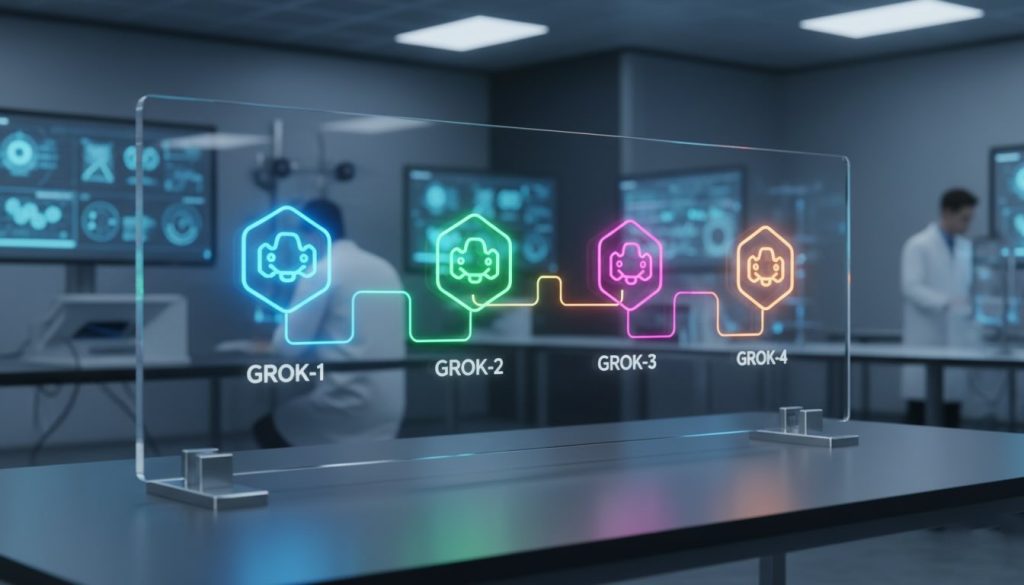
The most significant leap came in 2025 with Grok-3 Beta, branded as “The Age of Reasoning Agents.” It introduced more advanced reasoning capabilities combined with pretrained knowledge, laying the groundwork for AI agents that could not only respond but also act. This marked a turning point in the AI industry, as models were no longer passive assistants but were starting to behave like autonomous problem solvers. Grok-4 followed soon after, hailed as xAI’s most intelligent model, integrating real-time search capabilities and native tool use. It became clear that xAI was positioning Grok as a true rival to OpenAI’s GPT-4.1 and Anthropic’s Claude 3.5. Unlike those models, Grok’s unique positioning emphasized both open science and advanced reasoning, creating a hybrid approach that appealed to researchers and enterprise users alike.
In September 2025, Grok 4 Fast was announced as a cost-efficient reasoning model that combined reasoning and non-reasoning modes. With a massive two-million-token context window, it surpassed many competitors in handling vast amounts of information at once. This model highlighted xAI’s focus on scalability and affordability, making advanced reasoning accessible to more users and developers. Around the same time, Grok Code Fast 1 launched as a specialized model for software developers, optimized for coding workflows inside IDEs like Visual Studio, JetBrains, Xcode, and Eclipse. It represented xAI’s response to GitHub Copilot and Google’s AlphaCode, offering agentic coding that not only completed code but also reasoned about structure, efficiency, and debugging.
The Grok family today stands as a diverse suite of AI models, each serving different roles: Grok-1 for openness, Grok-1.5 for longer contexts, Grok-1.5 Vision for multimodality, Aurora for image generation, Grok-3 and 4 for reasoning, Grok 4 Fast for cost-efficient intelligence, and Grok Code Fast 1 for developer productivity. What makes Grok unique compared to rivals is its combination of open releases, humor-infused conversational style, multimodal expansion, and reasoning depth. While OpenAI focuses on reliability and Anthropic emphasizes safety, Grok builds its brand around accessibility, experimentation, and pushing the limits of reasoning agents. Google’s Gemini rivals Grok in multimodality, but Grok continues to differentiate with open-source transparency and rapid iteration cycles.
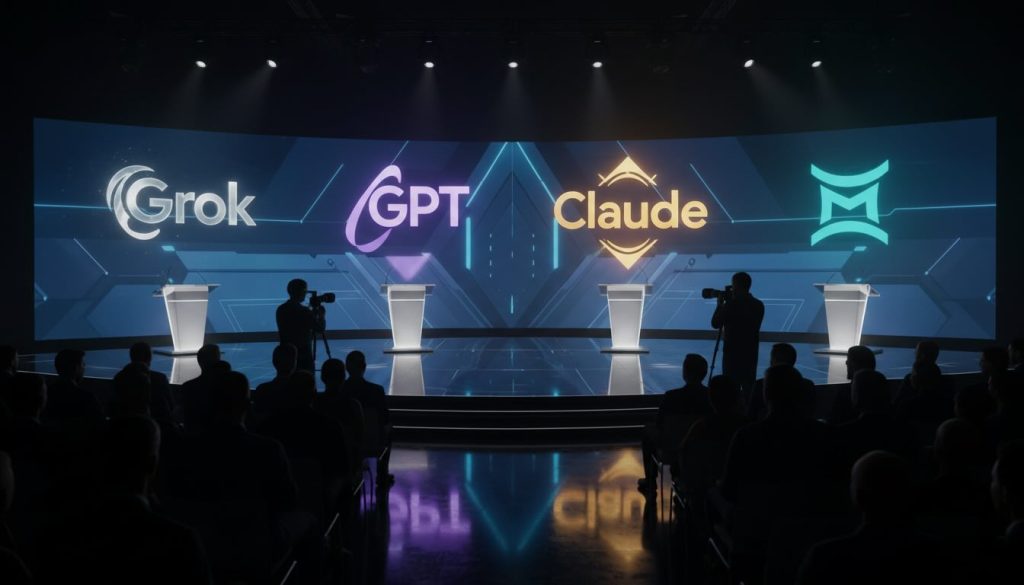
Looking at the future, Grok is expected to expand even deeper into agentic workflows, creating autonomous systems that can handle multi-step reasoning and execute tasks across platforms. With its fast pace of releases and commitment to balancing cost with intelligence, Grok is positioning itself as not just a competitor but as one of the driving forces shaping the AI landscape. For the U.S. market, where enterprises, startups, and developers are racing to integrate AI into everyday tools, Grok’s model family provides options across affordability, multimodality, and high-level reasoning.
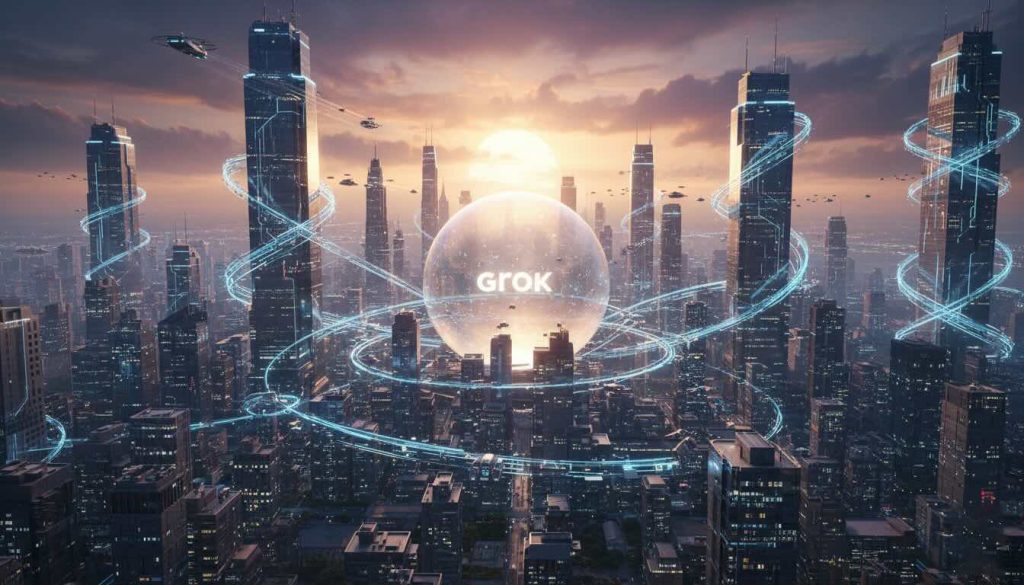
The Bigger Picture:
The evolution of Grok shows how quickly artificial intelligence is diversifying into specialized domains like reasoning, multimodality, and agentic coding. By blending open-source transparency with cutting-edge innovation, Grok has built a unique space in the AI race, setting itself apart from OpenAI, Anthropic, and Google. For the U.S. technology sector, Grok’s presence means more options for businesses, faster development cycles for startups, and a richer competitive landscape that ultimately drives innovation forward.
#GrokAI #xAI #ArtificialIntelligence #AIModels #AIHistory #FutureOfAI #MachineLearning #AIResearch #OpenAI #Claude #Gemini #Developers #TechInnovation #AIinUSA


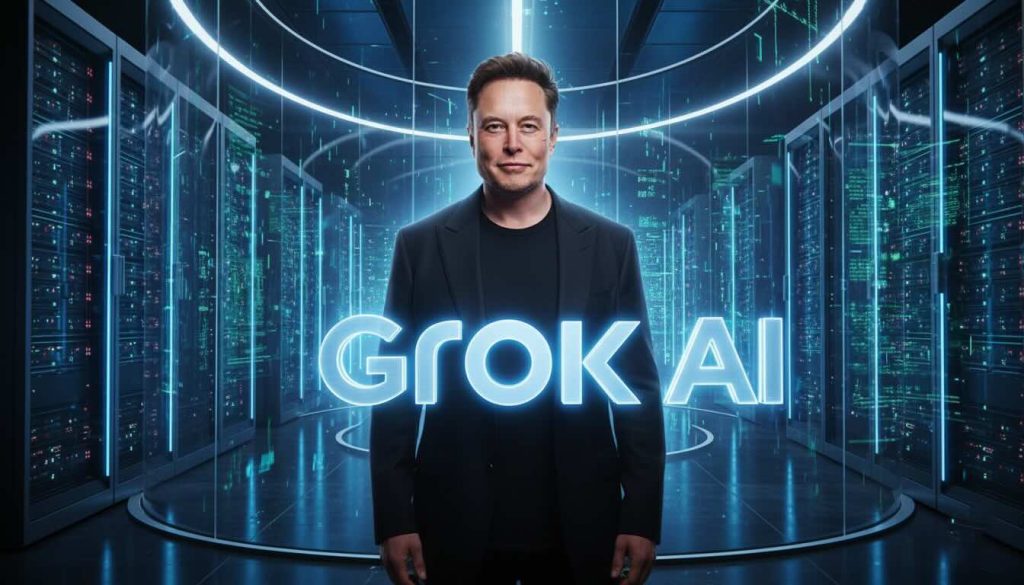






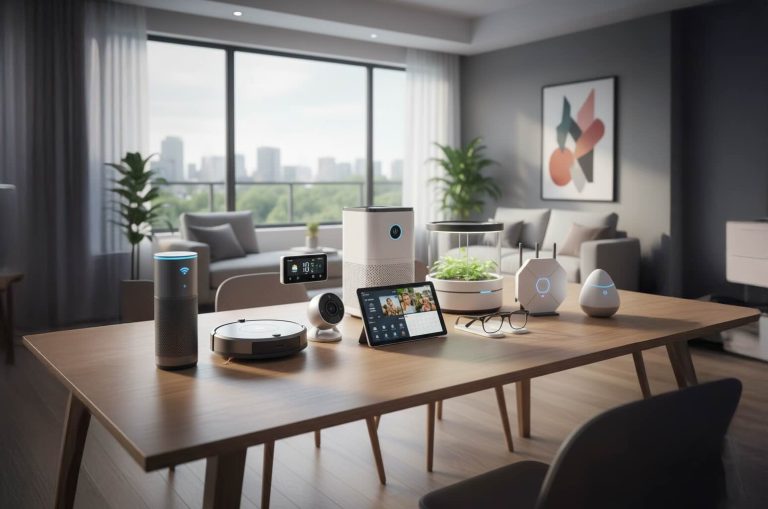



0 Responses
No responses yet. Be the first to comment!